Here you will find an ever increasing range of articles covering technique and tips on using our cameras and lenses.
We tracked down Jamie, AKA @this_forest_floor on Instagram, to find out more about the incredible structures and scenes found in front of their M. Zuiko Digital ED 60mm F2.8 Macro…
When I was a very broke college student, an exceptionally kind friend of mine mentioned that he thought I had an eye for photography and subsequently helped me buy my first camera – the Olympus E-PL1.
Since then, most of my photography has been travel, animals and landscapes, and the occasional nearly macro shot of a snail on a hike in the woods. Nothing like what I’m doing now, but I have always loved the natural world and I believe that my photography reflects this.
I also think my photography previously lacked intention – it was all very circumstantial. Which is fine, I guess? But there’s something about having an eye for photography that lets you get away with never really learning the actual mechanics of photography – and I will admit that I did this for years. I honestly had no idea what I was doing with my camera, or how to improve on a technical level. These Olympus Micro Four Thirds cameras are so incredible that you can just use them on the auto setting, and most of the time you’ll get something perfectly lovely and people will be impressed.
Rolling hills and beautiful sunsets are wonderful, yes: but it’s the teeny tiny weird things you only find under rotting leaves and the seemingly hidden from sight that really intrigues me. The little details that go unnoticed – something so incredibly small that you can’t understand the full scope of what you are even looking at without the ability to zoom in. Hemitrichia calyculata slime moulds popping their tops and letting their crinkly little spore fluff out. It’s like alien life, right here with us in the woods!
To capture this level of detail requires technology: getting the close-up images I wanted constantly eluded me.
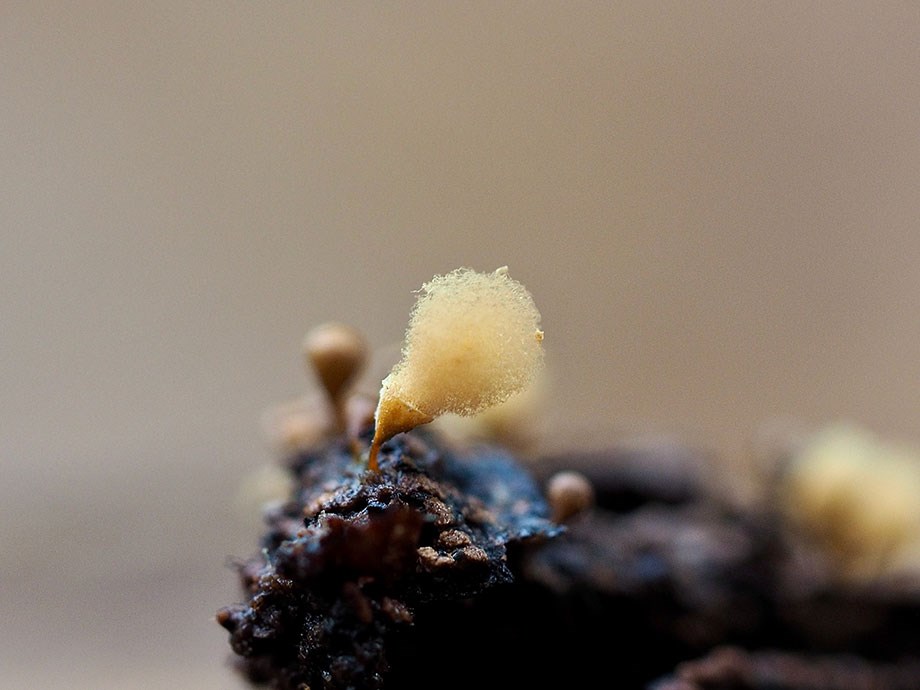
Fast forward to now: I’m on my third Olympus mirrorless camera, the Olympus OM-D E-M10 Mark I – and I realised on a hike in Richmond Park a few months back that if I ever wanted to up my game and get grain-of-sand-closeness to mushrooms and insects, I’d simply need to get a proper macro lens. This would also mean learning how to use my camera off the training-wheels. So that’s exactly what I’ve been doing with my time, pretty much non-stop, for months now. I bought the M.Zuiko Digital ED 60mm F2.8 Macro lens and I’m either at work or out in a nearby woodland – sometimes for six hour stretches in the rain – sat in the mud figuring it all out on my own, and I’ve honestly never been happier.
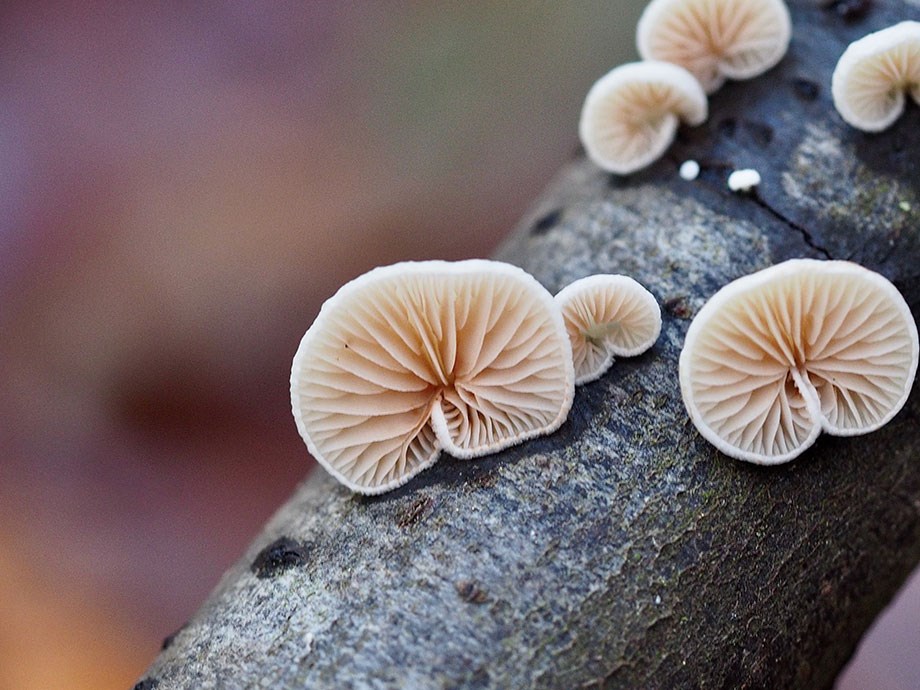
Now I only use my camera on manual mode. I adjust for everything, which has added much more enjoyment to my photography. I can problem-solve the composition of my images on the go: I could never do this before! It’s absolutely unlocked my ability to capture what I want.
My camera is also a bit older, so doesn’t have the fancy in-camera built-in focus stacking that the newer models have and I don’t have Photoshop to do it after the fact. I do my best to get everything in focus but sometimes it just doesn’t happen with the focal length as it is. To be quite honest, I think that lends itself to a softer more artistic photo.
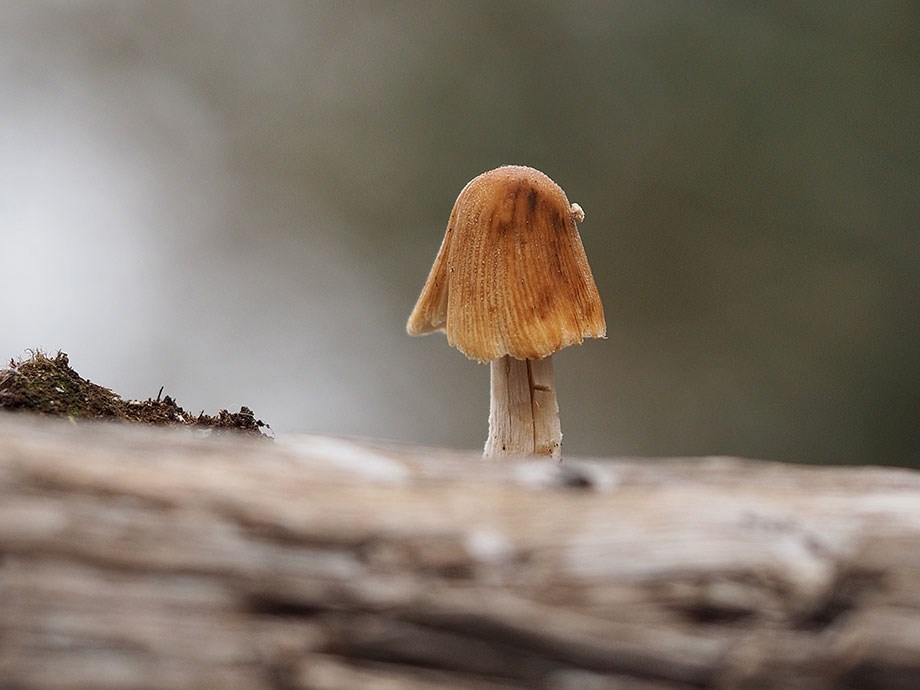
The most incredible thing that has come out of diving into macro photography is my discovery of all of the exquisite and complicated creatures inhabiting the forest floor. I have found myself knee-deep (quite literally) in a newfound love of mycology and entomology, and made some great macro photography friends on Instagram. The community surrounding this sort of photography is incredibly supportive and helpful. I’ve learned a lot from them, and we are always assisting each other with identifications.
One of my recent exciting discoveries was of a cluster of Rhodotus palmatus – commonly referred to as the Wrinkled Peach mushroom. Rhodotus palmatus is a monotypic species, which means it is the only species in its genus and it’s rare to come across the fruiting bodies in the wild. They are on the Global Fungal red list due to Dutch Elm disease making them a reasonably uncommon find.
Here is what they look like when the fruiting bodies begin to form. Notice the guttation droplets – unrecognisable as a mushroom in this stage.
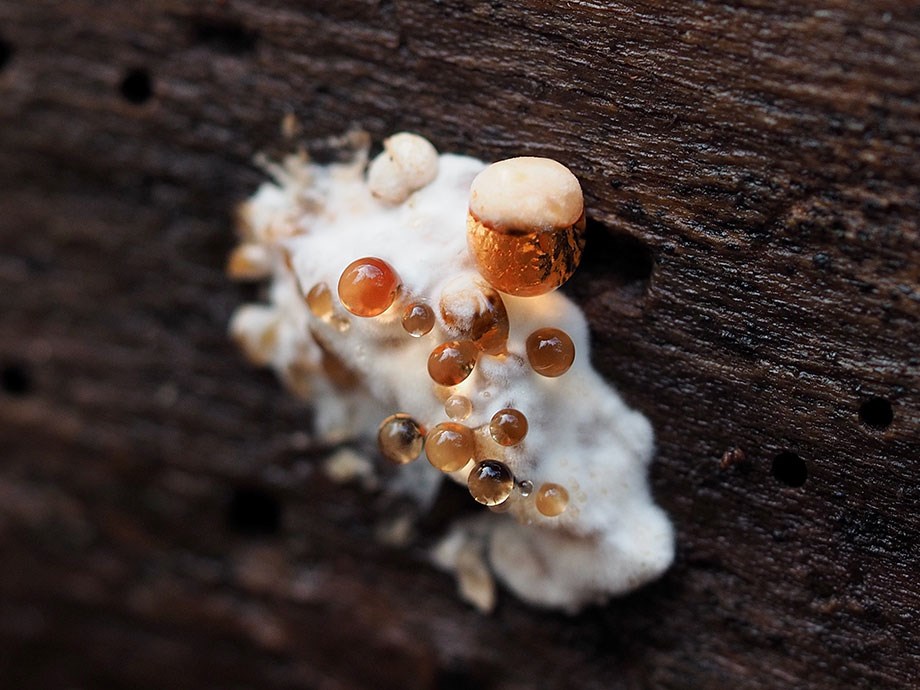
At maturity, there is still some guttation and you can clearly see where this gorgeous peachy specimen gets its name.
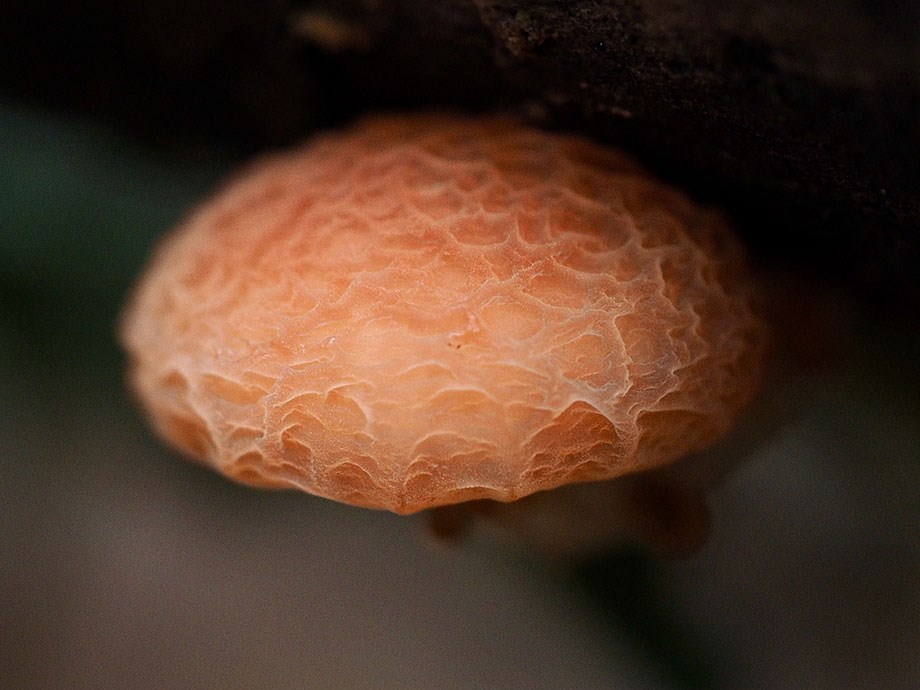
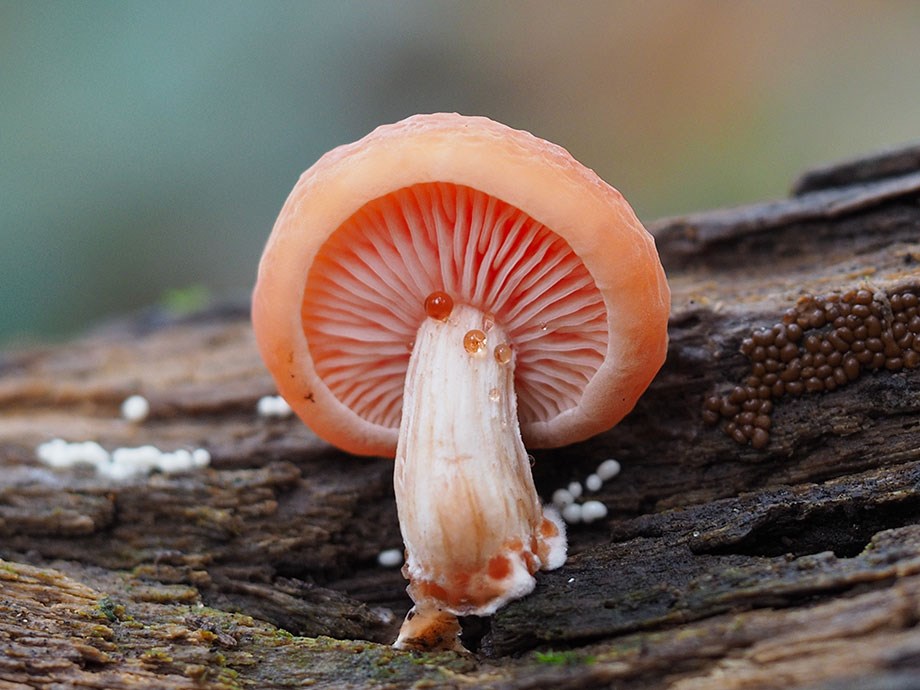
My other favourite subjects are slime moulds, jelly fungus and molluscs. Slime moulds (if you don’t know what these are, do yourself a favour and watch A Creeping Garden.)
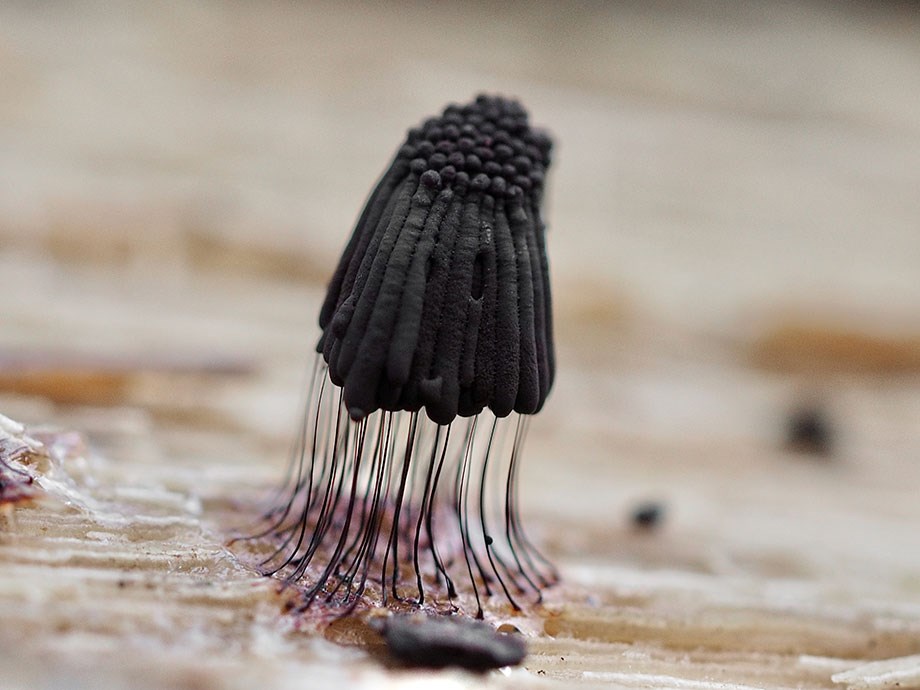
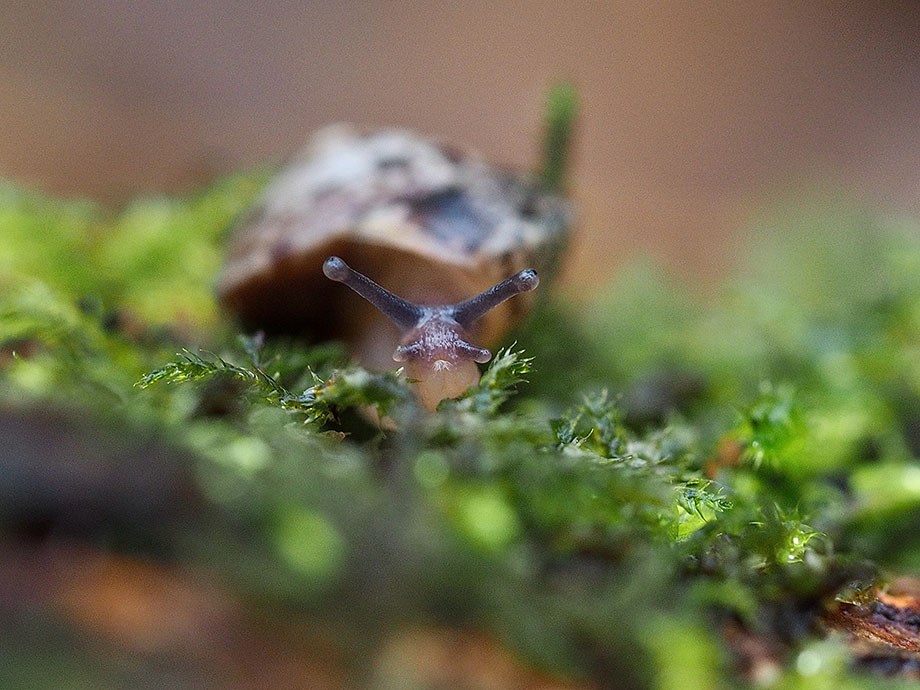
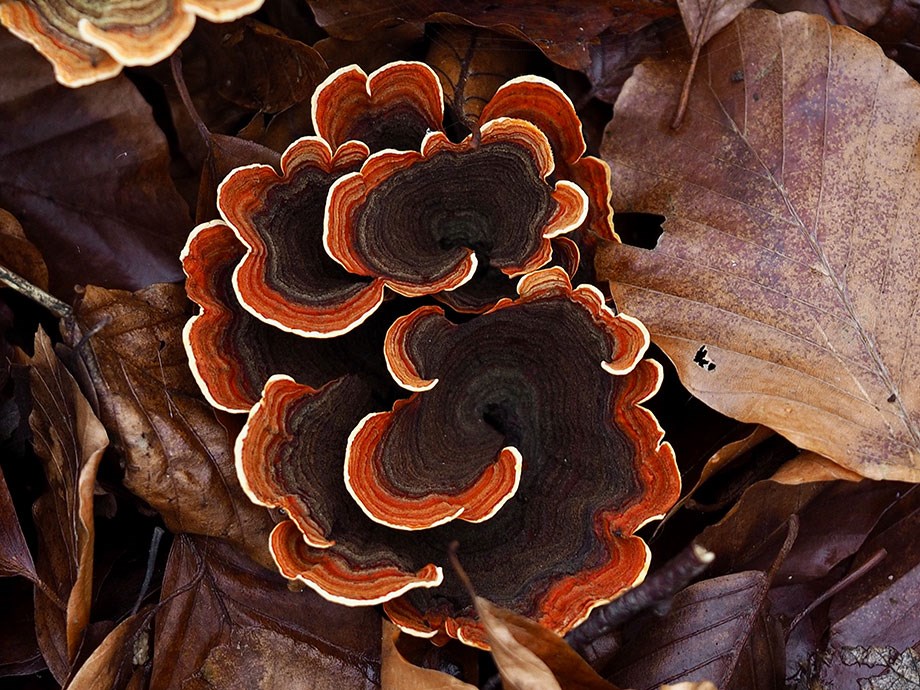
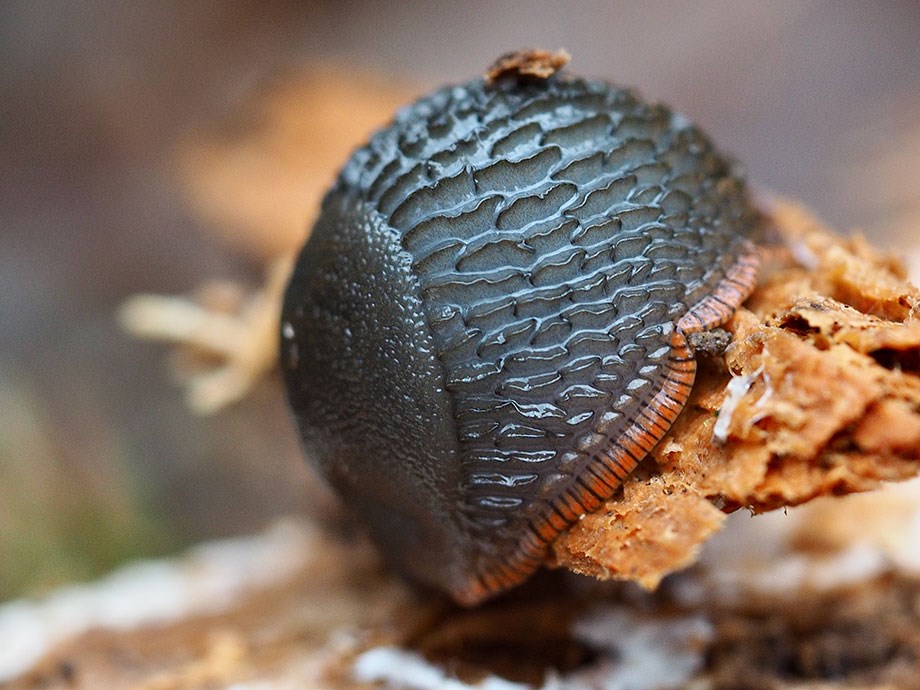
There is so much to be uncovered on the forest floor if you have the inclination and patience. Start with inspecting felled trees and rotting wood. Slow down, get close, look underneath leaves and bits of tree bark on the ground – and don’t be afraid to get absolutely filthy in the process.
Featured products:
M.Zuiko Digital ED 60mm F2.8 Macro


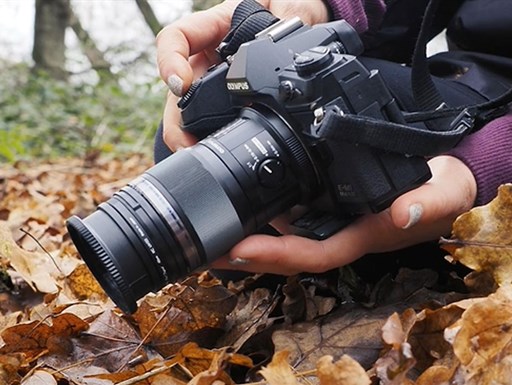
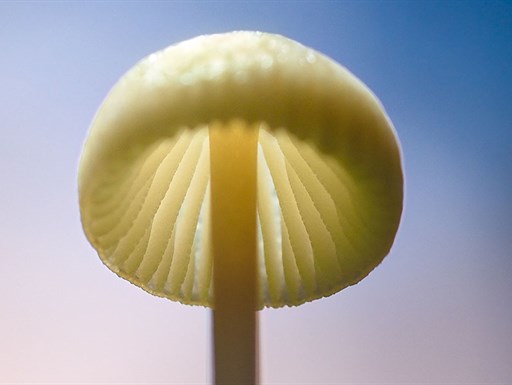
Comments
Show more comments (1)